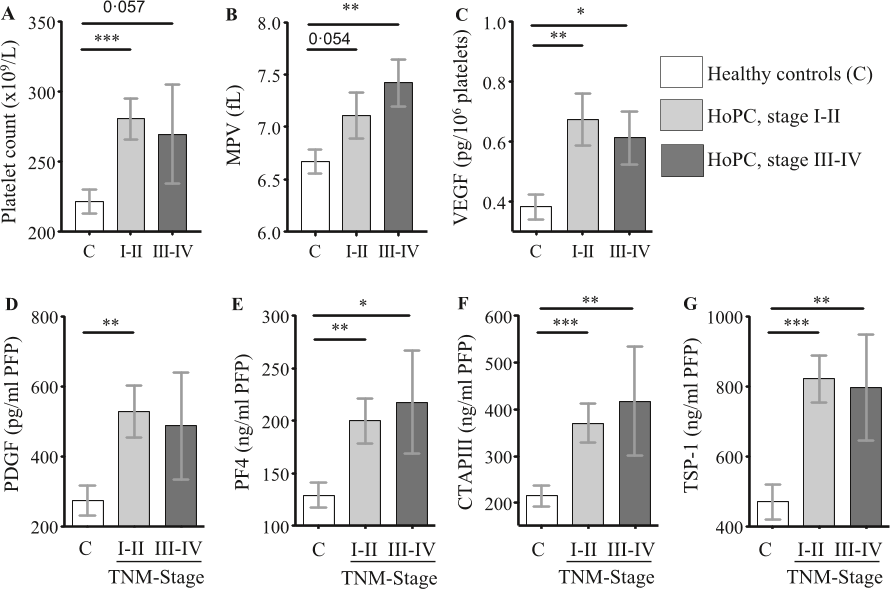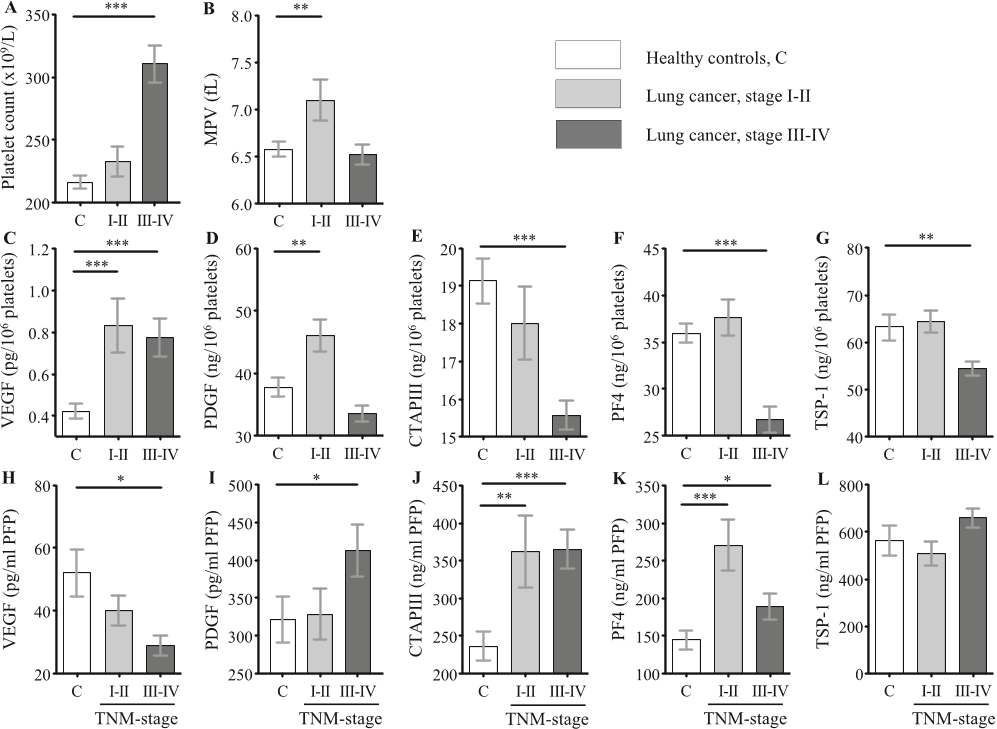Abstract: Non-small cell lung cancer is one leading cause of death worldwide, and patients would greatly benefit from an early diagnosis. Since targeted and immunotherapies have emerged as novel approaches for more tailored treatments, repeated assessments of the tumor biology have become pivotal to drive clinical decisions. Currently, tumor tissue biopsy is the gold standard to investigate potentially actionable biomarkers, but this procedure is invasive and may prove inadequate to represent the whole malignancy. In this regard, liquid biopsy represents a minimally invasive and more comprehensive option for early detection and investigation of this tumor. Today, cell-free DNA is the only approved circulating marker to select patients for a targeted therapy. Conversely, the other tumor-derived markers (i.e., circulating tumor cells, miRNAs, exosomes, and tumor educated platelets) are still at a pre-clinical phase, although they show promising results for their application in screening programs or as prognostic/predictive biomarkers. The main challenges for their clinical translation are the lack of reliable cutoffs and, especially for miRNAs, the great variability among the studies. Moreover, no established tool has been approved for circulating tumor cells and exosome isolation. Finally, large prospective clinical trials are mandatory to provide evidence of their clinical utility.




